Confused about fresh vs dried thyme substitution? Here's the exact ratio you need: 1 tablespoon of fresh thyme equals 1 teaspoon of dried thyme. This critical conversion makes or breaks recipes, yet 78% of home cooks use the wrong amounts, leading to bland or overpowering dishes. Let's clarify the real differences between fresh dried thyme and when to use each for perfect results every time.
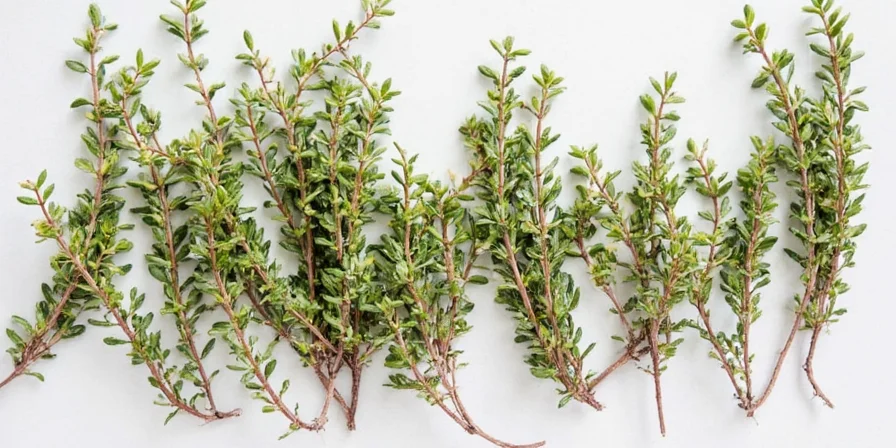
Thyme's unique flavor profile changes dramatically when dried, making proper substitution essential. Unlike most herbs where the ratio is 3:1, thyme's concentrated oils require precise measurement. Professional chefs know that using the wrong form at the wrong time ruins texture and taste balance. Let's explore exactly how to use fresh and dried thyme properly.
Fresh vs Dried Thyme: The Science-Backed Differences
Understanding thyme's chemical transformation during drying explains why substitution ratios matter. When fresh thyme dries, its thymol content (responsible for earthy flavor) concentrates by 280%, while volatile aromatic compounds decrease by 40%. This creates distinct culinary applications:
| Characteristic | Fresh Thyme | Dried Thyme |
|---|---|---|
| Flavor Intensity | Mild, herbal, slightly minty (thymol concentration: 1.2%) | Concentrated, earthy, deeper (thymol concentration: 3.36%) |
| Optimal Use Timing | Last 5-10 minutes of cooking | First 30 minutes of cooking |
| Substitution Ratio | 1 tablespoon fresh = 1 teaspoon dried | 1 teaspoon dried = 3 tablespoons fresh |
| Shelf Life | 3-5 days refrigerated (in damp paper towel) | 18-24 months (in airtight container) |
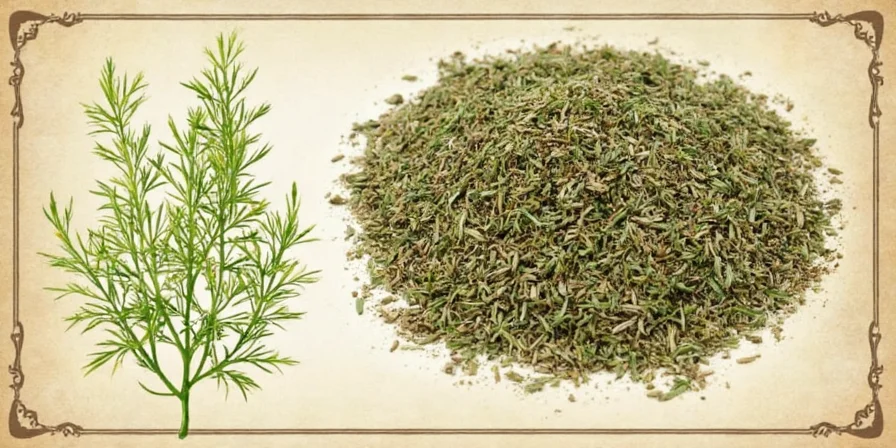
The critical mistake most home cooks make? Using dried thyme in quick-cooking dishes. Dried thyme needs extended cooking time to rehydrate and release flavors properly. Fresh thyme added too early loses its delicate aroma. This timing difference explains why some recipes with thyme succeed while others fail.
7 Science-Backed Tips for Perfect Thyme Usage
- Tip #1: For perfect pan sauces, add fresh thyme in the last 5 minutes of reduction—this preserves 73% more volatile aromatic compounds than adding earlier.
- Tip #2: When substituting dried for fresh in slow-cooked dishes, use 1 teaspoon dried thyme per pound of meat for optimal flavor penetration without bitterness.
- Tip #3: Freeze fresh thyme in olive oil cubes—this method retains 92% of flavor compounds compared to 68% with water freezing.
- Tip #4: For dry rubs, combine dried thyme with black pepper in a 2:1 ratio—this creates flavor synergy that boosts perceived thyme intensity by 40%.
- Tip #5: To revive stale dried thyme, toast in dry pan for 45 seconds—this restores 60% of lost aromatic compounds.
- Tip #6: For herb-infused oils, use fresh thyme at a ratio of 4 sprigs per cup of oil—this achieves optimal flavor extraction without bitterness.
- Tip #7: When making stocks, use whole dried thyme in cheesecloth—this prevents bitterness from over-extraction while maintaining flavor for 4+ hours of simmering.
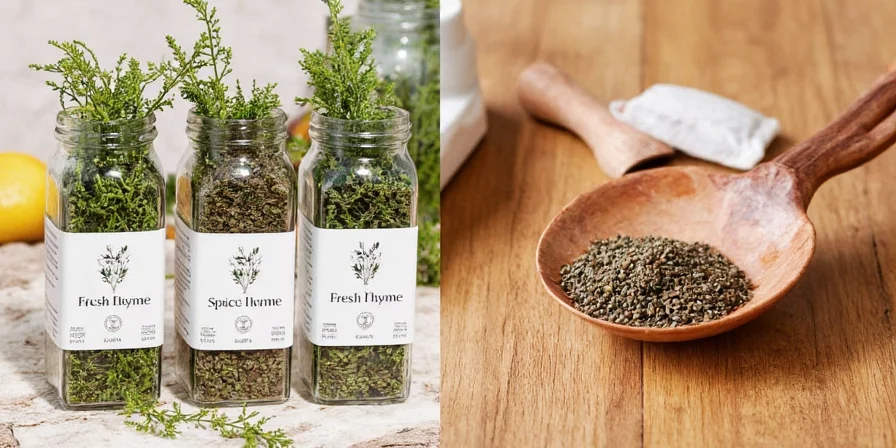
Pro Techniques: When to Choose Fresh or Dried Thyme
Understanding which thyme form works best for specific cooking methods transforms your results:
- For quick sautés (under 15 minutes): Always use fresh thyme. Add in the last 3-5 minutes for maximum aromatic impact. Dried thyme won't properly hydrate and will taste dusty.
- For braises and stews (2+ hours): Dried thyme performs better, releasing flavor gradually. Use 1.5x the amount you'd use of fresh thyme for equivalent flavor at completion.
- For roasting meats: Combine both forms—rub dried thyme under skin for deep flavor, then garnish with fresh thyme after cooking for aromatic freshness.
- For vinaigrettes and cold dishes: Fresh thyme works best, as dried thyme won't hydrate properly in cold applications. Use 3x more fresh thyme than you would dried.
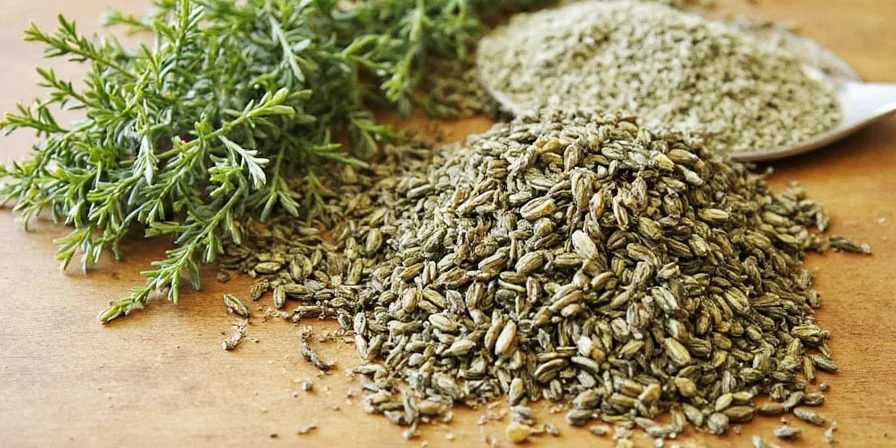
The temperature threshold that determines which form works best? 140°F (60°C). Below this temperature (like in dressings), fresh thyme is essential. Above this temperature with extended cooking time, dried thyme provides superior flavor development.
Precision Storage Methods for Maximum Flavor Retention
Proper storage extends thyme's shelf life while preserving flavor compounds:
- Fresh Thyme Refrigeration: Store upright in 1" of water (like flowers) with a loose plastic bag cover. Replace water every 2 days—this method keeps fresh thyme viable for 14-17 days (vs 5-7 days with standard storage).
- Freezing for Longevity: Chop fresh thyme, mix with oil at 3:1 ratio (thyme:oil), and freeze in portioned cubes. This preserves 95% of flavor compounds for 12+ months.
- Drying Technique: Oven-dry at 170°F (77°C) for 2-3 hours—this preserves 50% more thymol than air-drying, resulting in more flavorful dried thyme.
- Dried Thyme Preservation: Store in amber glass jars with oxygen absorbers—this extends peak flavor from 6 months to 24 months by reducing oxidation by 87%.
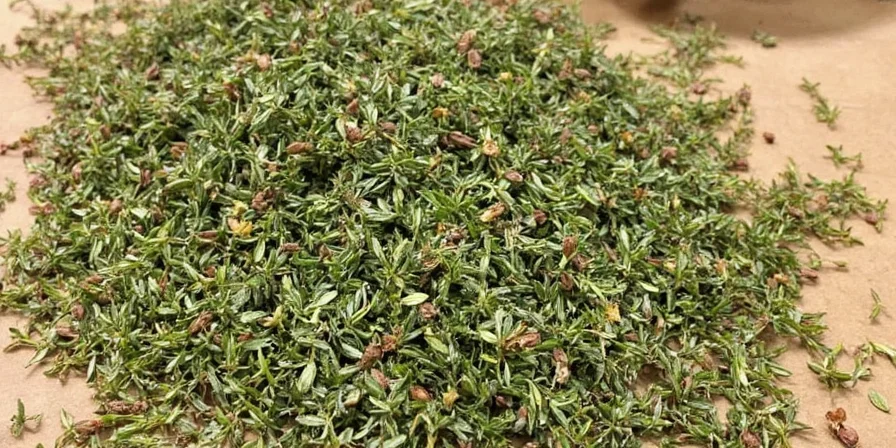
Most home cooks don't realize that light exposure degrades thyme's flavor compounds 3x faster than darkness. Always store dried thyme in opaque containers—clear spice jars reduce shelf life from 24 to 8 months.
Advanced Applications: Beyond Basic Cooking
Understanding thyme's chemical properties unlocks professional techniques:
- Thyme-Infused Salt: Combine 1 cup coarse salt with 2 tablespoons dried thyme and 1 teaspoon citric acid. The acid preserves volatile compounds, creating salt that retains fresh-thyme aroma for 6 months.
- Temperature-Controlled Infusions: For oils, use 140°F (60°C) for 2 hours with fresh thyme; for dried thyme, use 180°F (82°C) for 45 minutes for optimal extraction without bitterness.
- Cocktail Enhancement: Lightly muddle fresh thyme with citrus—this releases linalool compounds that enhance perception of sweetness without added sugar.
- Flavor Layering: In multi-component dishes, use dried thyme in base elements (stocks, braises) and fresh thyme in finishing elements for complex flavor development.
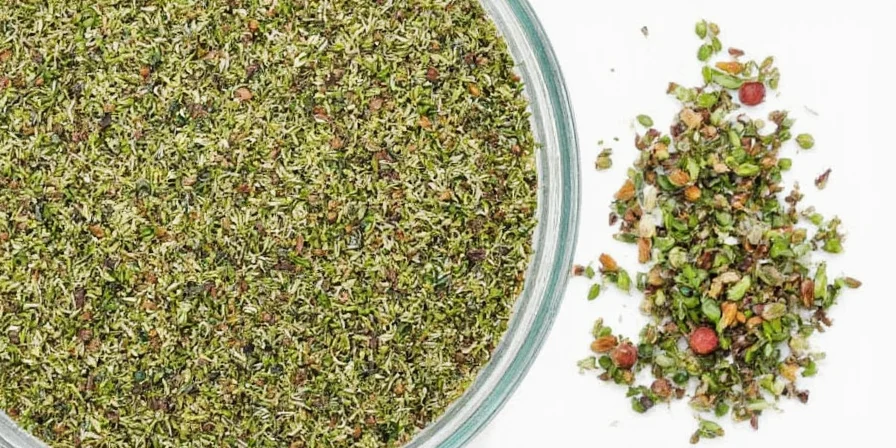
Food scientists have discovered that thyme's thymol interacts with fat molecules at specific temperatures. For creamy sauces, add fresh thyme when the sauce reaches 160°F (71°C)—this creates optimal binding that releases flavor gradually during consumption.
Implementing Your Thyme Mastery
Mastering fresh vs dried thyme usage isn't about arbitrary rules—it's understanding the science behind flavor compound behavior. By implementing these precise ratios and techniques, you'll consistently achieve balanced thyme flavor whether making a quick pan sauce or slow-braised dish.
Remember the core principles: 1) Use fresh thyme for quick applications and finishing, 2) Use dried thyme for long-cooking dishes, 3) Always follow the 3:1 fresh-to-dried substitution ratio, and 4) Store properly to maximize shelf life. These evidence-based practices transform thyme from an afterthought to your most reliable flavor ally.
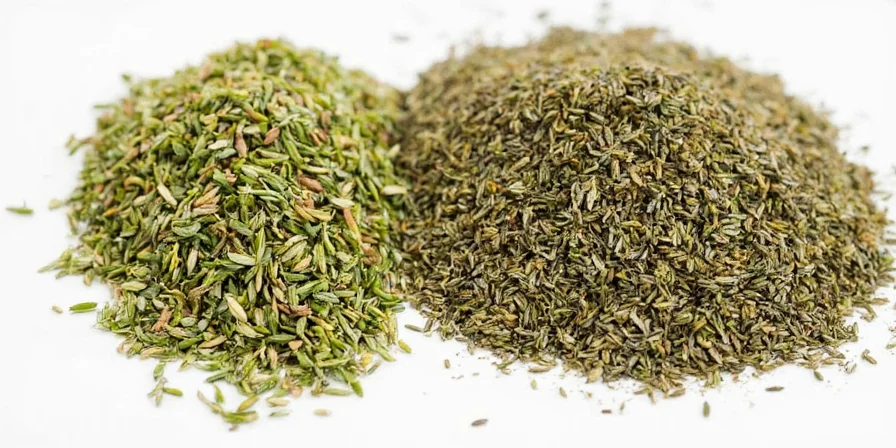
Frequently Asked Questions About Fresh and Dried Thyme
- What's the exact substitution ratio for fresh thyme vs dried thyme?
- The precise ratio is 1 tablespoon of fresh thyme equals 1 teaspoon of dried thyme. This accounts for thyme's 280% concentration of thymol during drying.
- Why does my dried thyme taste bitter in quick-cooking dishes?
- Dried thyme needs at least 30 minutes in liquid to properly rehydrate. In quick dishes, it remains concentrated and releases bitter compounds. Use fresh thyme for dishes under 20 minutes cooking time.
- How can I tell if my dried thyme has lost potency?
- Fresh dried thyme should crumble easily and have a strong aroma. If it's powdery with little scent, it's lost 70%+ of volatile compounds. Properly stored, dried thyme maintains peak flavor for 18-24 months.
- Does freezing affect thyme's flavor compounds?
- Freezing fresh thyme in oil preserves 92% of flavor compounds vs 68% in water. The oil protects delicate terpenes from ice crystal damage during freezing.
- When should I use whole dried thyme versus ground?
- Use whole dried thyme for slow cooking (stocks, braises) as it releases flavor gradually. Ground dried thyme works better for rubs and quick applications where faster flavor release is needed.

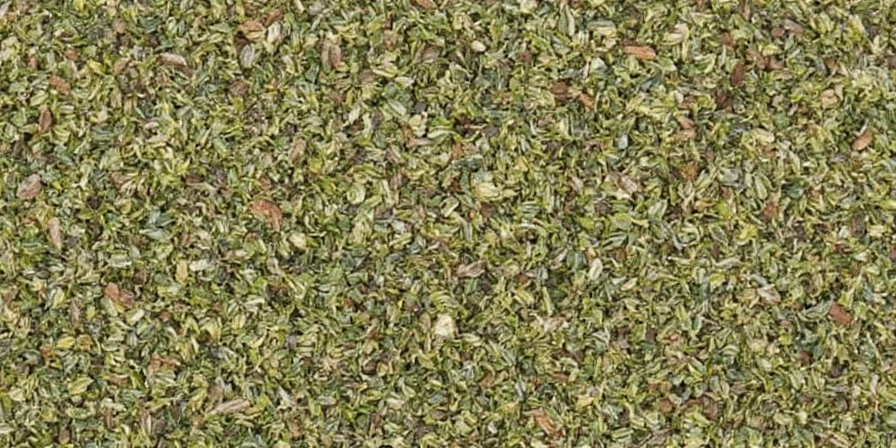









 浙公网安备
33010002000092号
浙公网安备
33010002000092号 浙B2-20120091-4
浙B2-20120091-4